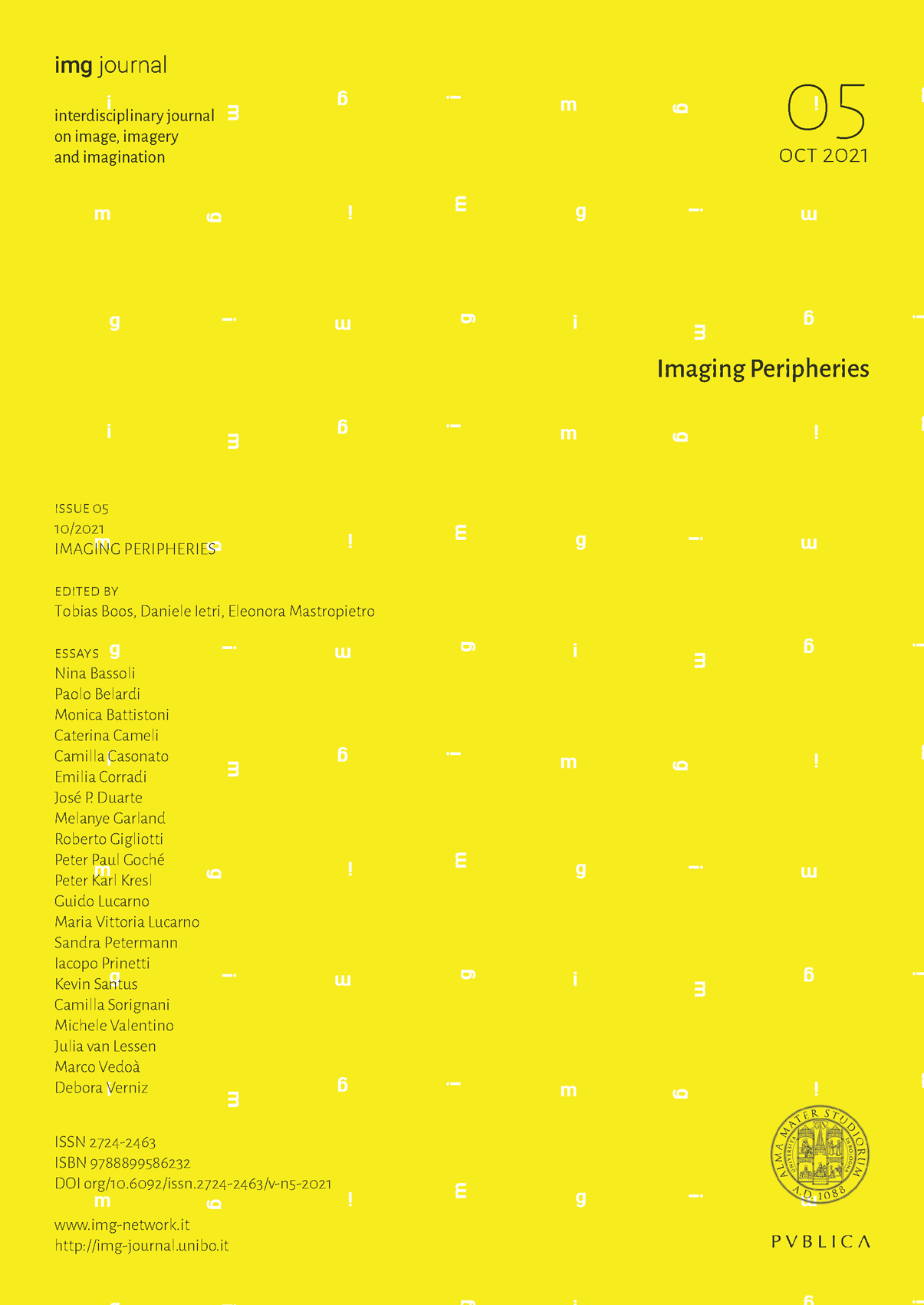Borghi. Against a Rethoric of Excellence
DOI:
https://doi.org/10.6092/issn.2724-2463/12858Keywords:
Countryside , Historical Centers, Italian Inland AreasAbstract
Can the countryside offer a real alternative to metropolitan life? Today, rural areas are often seen as places to ‘save’ through tourism and other discontinuous uses, but the era in which we live imposes a radical change of perspective: the pandemic has crumbled tourist economies and shown their fragility. The birth of a post-tourist society is particularly relevant in Italy, where entities such as the borghi are widespread: far and disconnected from the large urban centers, they are nevertheless the archetype to which metropolitan areas are now turning again. To put these reflections into practice, it is effective to study a representative case: the ‘urban territory’ around San Benedetto del Tronto (AP), an ever-growing seaside tourist destination. The neighboring municipalities are nothing but dormitory districts, as evidenced by the new widespread urbanizations and the semi-abandoned historic centers of Acquaviva Picena, Monteprandone, and Monsampolo del Tronto. Among the still evident signs of the 2016 earthquake and houses for sale, the three medieval villages spend in hibernation the months that separate the tourist seasons, calling for alternative scenarios: in order not to remain crystallized as monuments to culture and traditions, it is necessary for them to aspire to be places of daily life, inserted in a network of biunivocal relations with other urban centers.
Downloads
Published
How to Cite
Issue
Section
License
Copyright (c) 2022 Iacopo Prinetti, Caterina Cameli

This work is licensed under a Creative Commons Attribution 4.0 International License.





